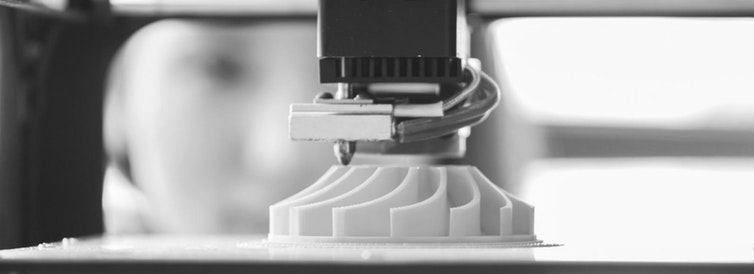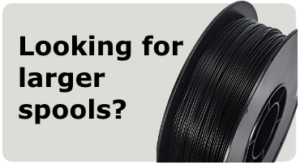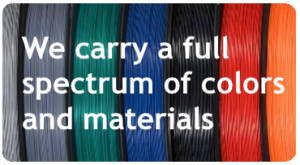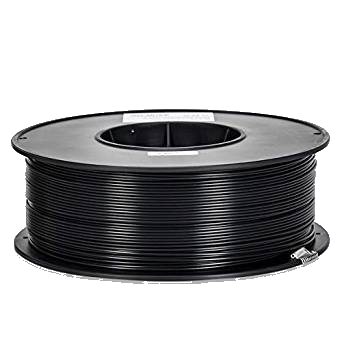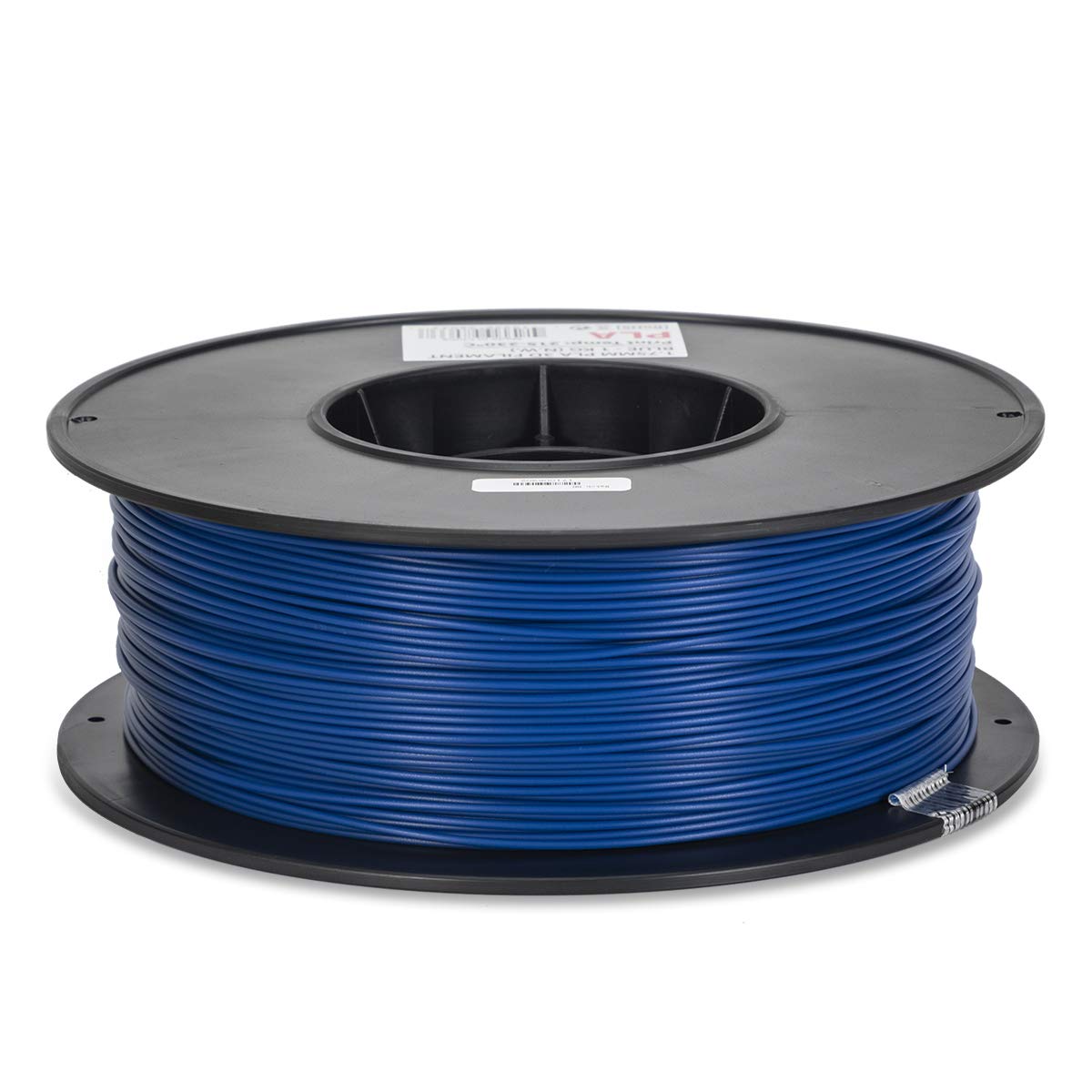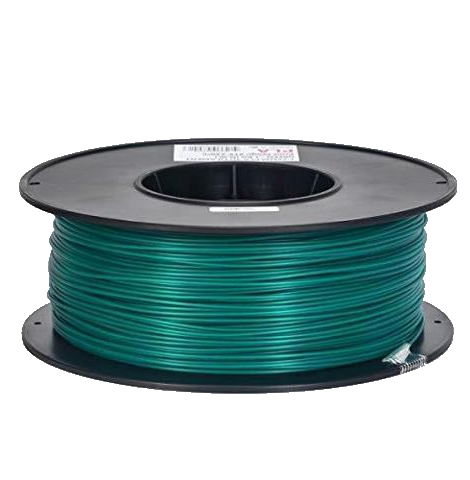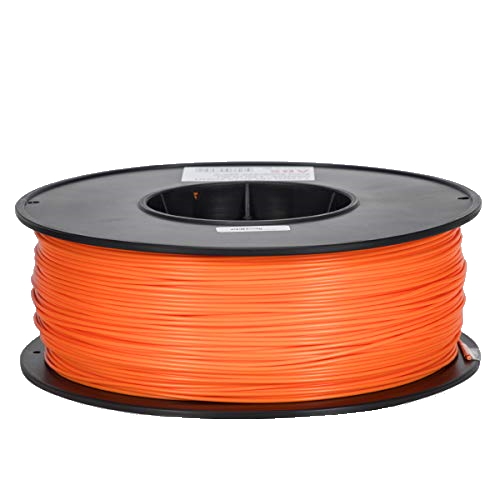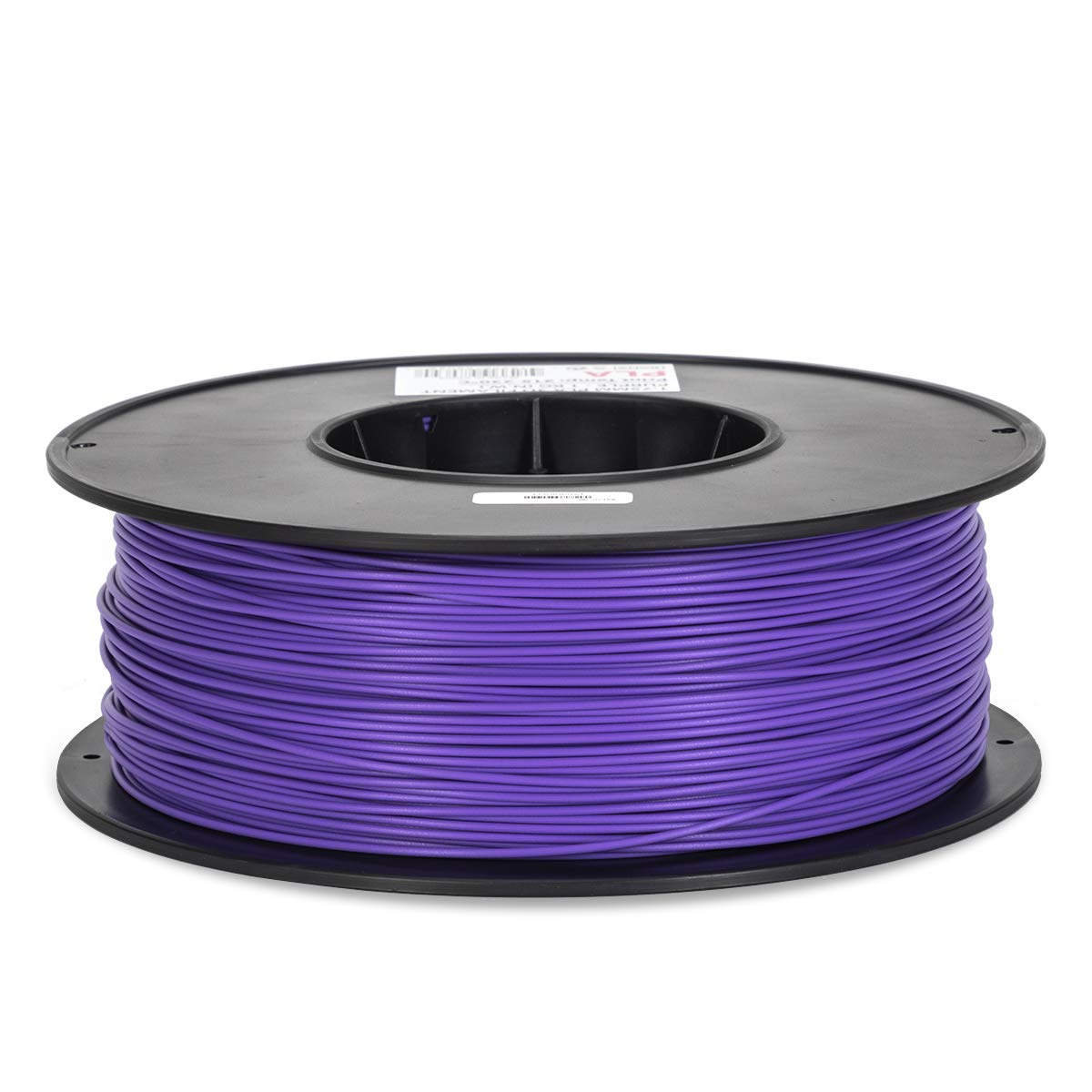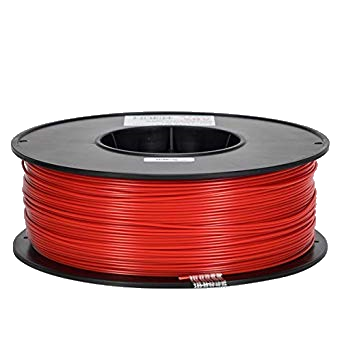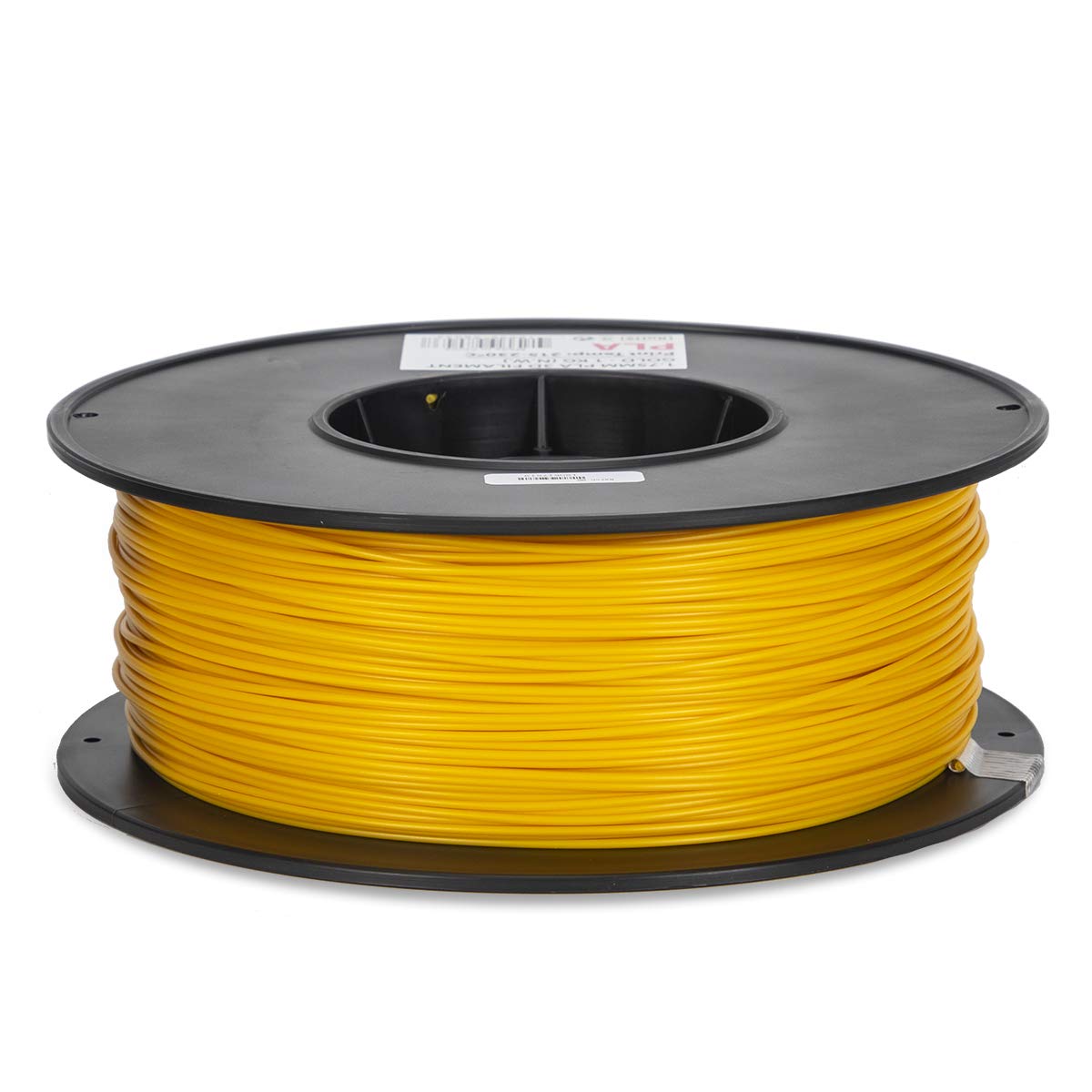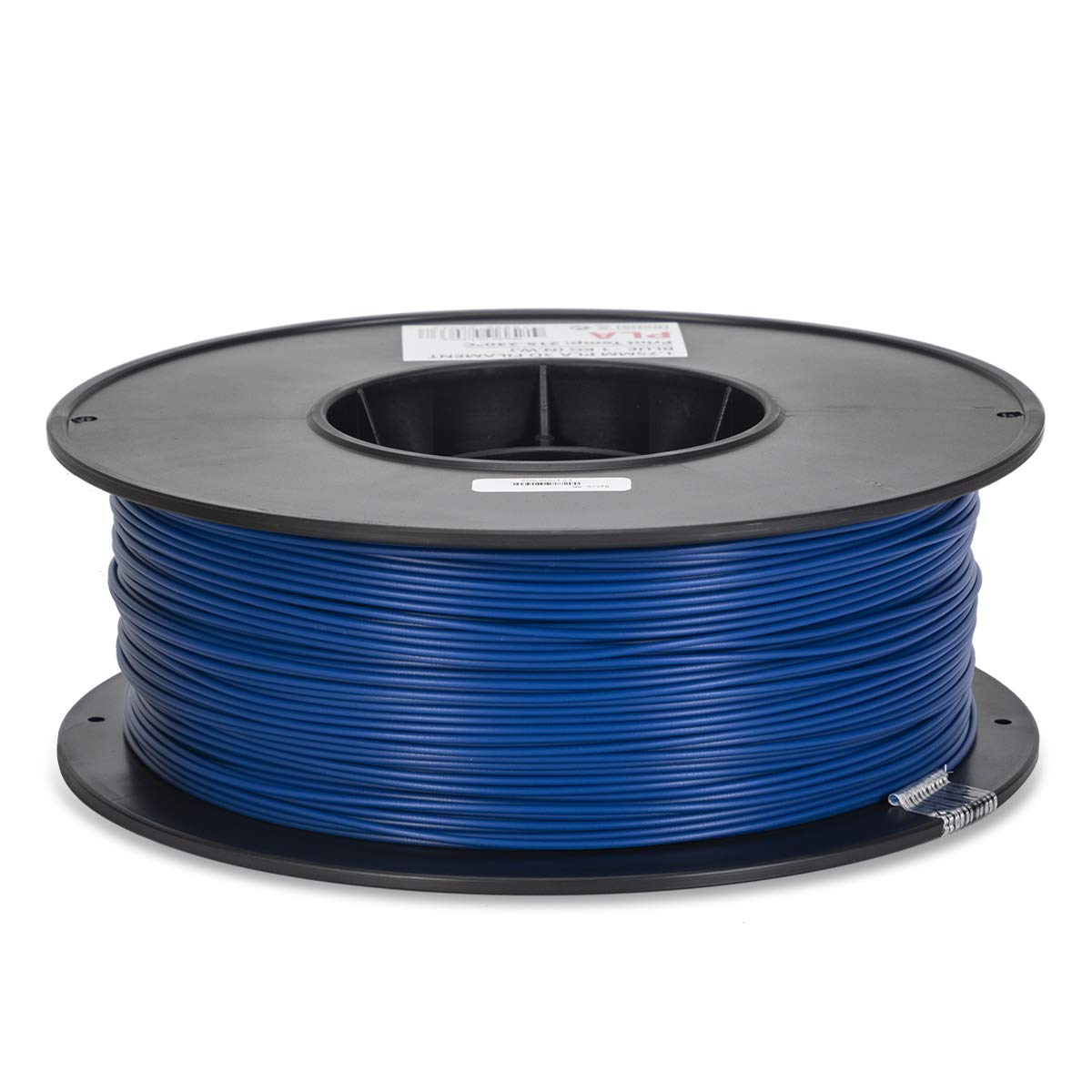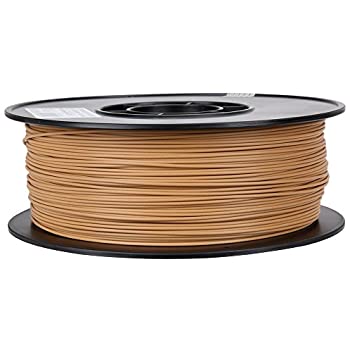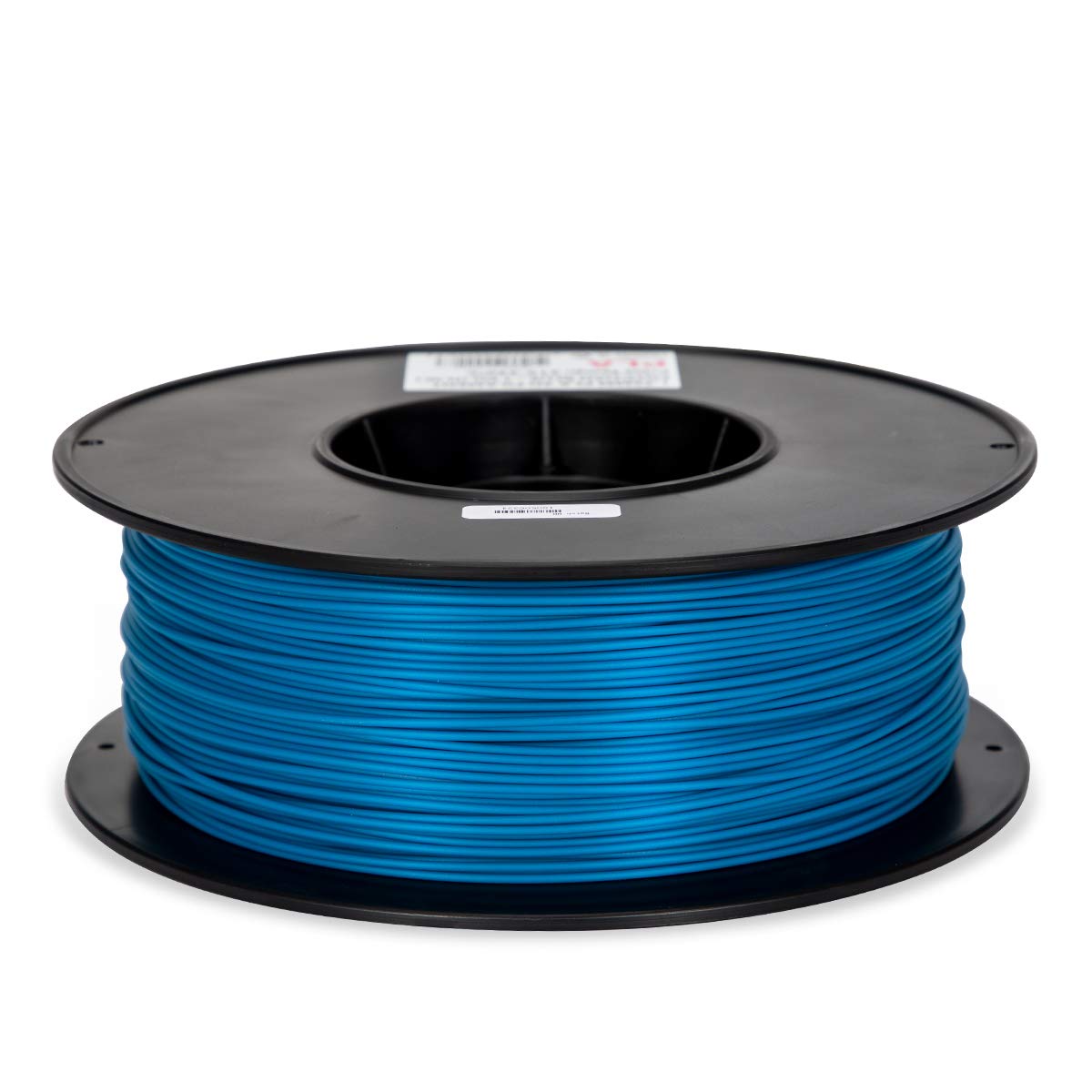Sorry, nothing in cart.
-
BEST PRICES
-
Satisfaction Guaranteed
-
FAST SHIPPING
-
Original price was: $19.99.$17.99Current price is: $17.99.
ABS is a durable, high-strength solution. Able to withstand high stress and higher temperatures, with moderate flexibility. ABS is an excellent general-purpose 3D printer filament, especially when looking for durability in your prints.
ABS Printing Requirements
- Heated Bed
- Enclosure to control ambient temperatures
- Extremely good ventilation
-
Original price was: $19.99.$17.99Current price is: $17.99.
ABS is a durable, high-strength solution. Able to withstand high stress and higher temperatures, with moderate flexibility. ABS is an excellent general-purpose 3D printer filament, especially when looking for durability in your prints.
ABS Printing Requirements
- Heated Bed
- Enclosure to control ambient temperatures
- Extremely good ventilation
-
Original price was: $19.99.$17.99Current price is: $17.99.
ABS is a durable, high-strength solution. Able to withstand high stress and higher temperatures, with moderate flexibility. ABS is an excellent general-purpose 3D printer filament, especially when looking for durability in your prints.
ABS Printing Requirements
- Heated Bed
- Enclosure to control ambient temperatures
- Extremely good ventilation
-
Original price was: $19.99.$17.99Current price is: $17.99.
ABS is a durable, high-strength solution. Able to withstand high stress and higher temperatures, with moderate flexibility. ABS is an excellent general-purpose 3D printer filament, especially when looking for durability in your prints.
ABS Printing Requirements
- Heated Bed
- Enclosure to control ambient temperatures
- Extremely good ventilation
-
Original price was: $19.99.$17.99Current price is: $17.99.
ABS is a durable, high-strength solution. Able to withstand high stress and higher temperatures, with moderate flexibility. ABS is an excellent general-purpose 3D printer filament, especially when looking for durability in your prints.
ABS Printing Requirements
- Heated Bed
- Enclosure to control ambient temperatures
- Extremely good ventilation
-
Original price was: $19.99.$17.99Current price is: $17.99.
ABS is a durable, high-strength solution. Able to withstand high stress and higher temperatures, with moderate flexibility. ABS is an excellent general-purpose 3D printer filament, especially when looking for durability in your prints.
ABS Printing Requirements
- Heated Bed
- Enclosure to control ambient temperatures
- Extremely good ventilation
PLA FILAMENT
-
Original price was: $21.99.$19.99Current price is: $19.99.
PLA is the most common printer filament used for hobby and small manufacturing. PLA is an excellent general-purpose 3D printer filament, especially when looking for durability in your prints.
While biodegradable, PLA has a relatively low glass transition temperature (typically between 111 and 145 °F). This makes it fairly unsuitable for high temperature applications. Even things like a hot car in the summer could cause parts to soften and deform. PLA is a little bit more brittle than ABS for 3D prototyping but it has some advantages as well.
More details on PLA – Learn More
-
Original price was: $21.99.$19.99Current price is: $19.99.
-
Original price was: $21.99.$19.99Current price is: $19.99.
PLA is the most common printer filament used for hobby and small manufacturing. PLA is an excellent general-purpose 3D printer filament, especially when looking for durability in your prints.
While biodegradable, PLA has a relatively low glass transition temperature (typically between 111 and 145 °F). This makes it fairly unsuitable for high temperature applications. Even things like a hot car in the summer could cause parts to soften and deform. PLA is a little bit more brittle than ABS for 3D prototyping but it has some advantages as well.
More details on PLA – Learn More
-
Original price was: $21.99.$19.99Current price is: $19.99.
PLA is the most common printer filament used for hobby and small manufacturing. PLA is an excellent general-purpose 3D printer filament, especially when looking for durability in your prints.
While biodegradable, PLA has a relatively low glass transition temperature (typically between 111 and 145 °F). This makes it fairly unsuitable for high temperature applications. Even things like a hot car in the summer could cause parts to soften and deform. PLA is a little bit more brittle than ABS for 3D prototyping but it has some advantages as well.
More details on PLA – Learn More
-
Original price was: $21.99.$19.99Current price is: $19.99.
PLA is the most common printer filament used for hobby and small manufacturing. PLA is an excellent general-purpose 3D printer filament, especially when looking for durability in your prints.
While biodegradable, PLA has a relatively low glass transition temperature (typically between 111 and 145 °F). This makes it fairly unsuitable for high temperature applications. Even things like a hot car in the summer could cause parts to soften and deform. PLA is a little bit more brittle than ABS for 3D prototyping but it has some advantages as well.
More details on PLA – Learn More
-
Original price was: $21.99.$19.99Current price is: $19.99.
PLA is the most common printer filament used for hobby and small manufacturing. PLA is an excellent general-purpose 3D printer filament, especially when looking for durability in your prints.
While biodegradable, PLA has a relatively low glass transition temperature (typically between 111 and 145 °F). This makes it fairly unsuitable for high temperature applications. Even things like a hot car in the summer could cause parts to soften and deform. PLA is a little bit more brittle than ABS for 3D prototyping but it has some advantages as well.
More details on PLA – Learn More


 French
French  German
German